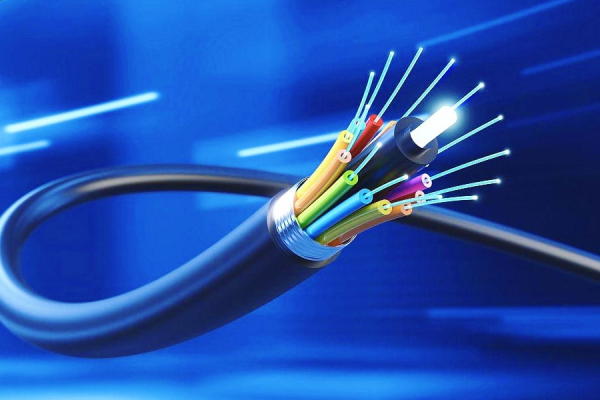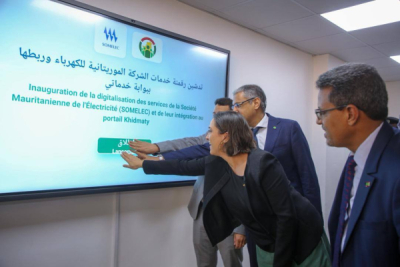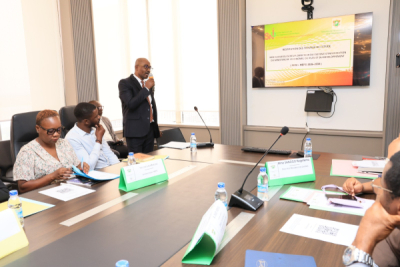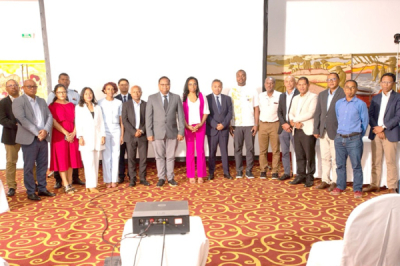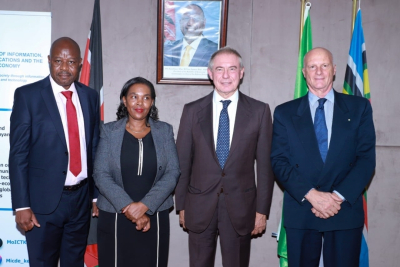The sheer volume of high-speed telecom infrastructure deployed in Africa since 2010 has made the continent a market with high financial potential for many international tech groups. But these investments appear to be underexploited.
Over the past ten years, the number of people covered by fixed broadband in Africa has remained below 10%, despite the considerable financial investments made during this period. In its "Global Connectivity Report 2022", the International Telecommunication Union (ITU) reports that in 2021, only seven out of every hundred households were covered by the service, compared with 82% for mobile. This is the lowest level worldwide and has not changed since. In Europe, the coverage rate is 96%, compared with 88% and 86% respectively in the Asia-Pacific and Americas.
In terms of subscriptions, only 1% of consumers had subscribed to the service on the continent by 2021. This was also the lowest level worldwide. In Europe, the figure was 35%, compared with 23% and 17% in the Americas and Asia-Pacific respectively, according to the ITU.
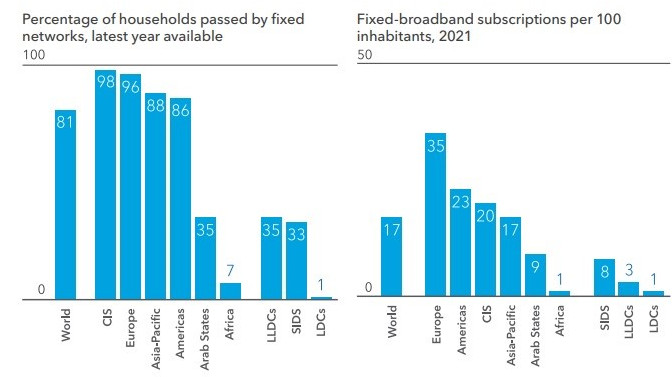
Worldwide fixed broadband coverage (Source: ITU, 2021)
According to the ITU, the lag in fixed broadband is explained by consumer preference in terms of usage. They opt for mobile, which is more flexible and less expensive. For telecom operators, the choice is explained by investment costs. "Fixed broadband networks are very costly to deploy, maintain, and upgrade, depending on the geography and extent of the territory to be covered," says the ITU. At 17.9% of monthly gross national income per capita, fixed broadband access costs in Africa are the most expensive in the world. Meanwhile, the ITU recommends less than 2%.
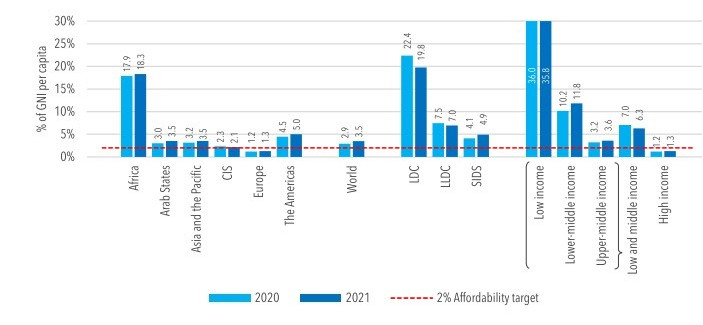
Fixed broadband access costs in 2021 (Source: ITU)
Since 2020, Africa has recorded the fastest annual growth rate in Internet transmission capacity in the world, according to the report "The State of Broadband 2023 Digital Connectivity: A Transformative Opportunity" by the United Nations Broadband Commission. The continent is already home to more than 25 submarine fiber optic systems and is covered by almost 1.2 million km of terrestrial fiber optics. But only 25% of the population lives within 10 km of a fiber optic network.
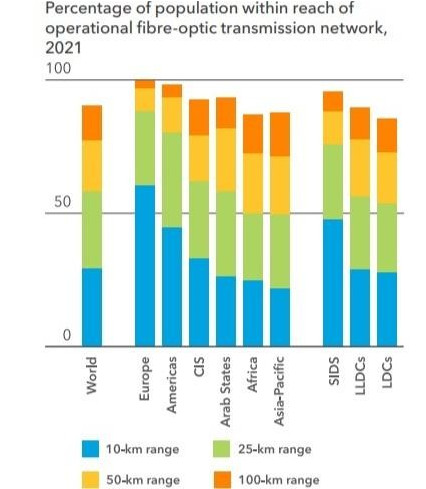
Percentage of population near a fiber optic network (Source: ITU)Worldwide, only 2.3 billion people (29%) were living within 10 kilometers of a fiber optic network in 2021. In Europe, over 60% of the population lives within 10 kilometers of a fiber-optic network, nearly 47% in the Americas, and 22% in the Asia-Pacific region.
“Although more people use mobile networks than fixed networks to connect to the Internet, the latter remains important. For example,fixed-broadband networks generally have a higher data capacity than mobile networks, and download limits are higher than similarly priced mobile-broadband plans. They are faster and are more reliable than 3G or 4G networks, making them more suited for high-bandwidth activities such as games and video calls," explains the Union.
Broadband internet is more strategic for small and medium-sized businesses. In its survey "The State of Broadband: Accelerating Broadband for New Realities September 2022," the Broadband Commission for Sustainable Development conducted a survey of informal businesses in nine African countries, revealing low levels of ICT use. "Internet use for business purposes was 7% on average, ranging from 24% in South Africa to 1% in Rwanda. Computer ownership is also low: over 90% of businesses surveyed in Ghana, Kenya, Mozambique, Nigeria, Rwanda, Tanzania, and Uganda said they did not have one," the survey shows
While a one-person micro-business may find that a smartphone with wireless access is sufficient to carry out its activities, particularly for online sales on social media, many businesses still feel that they don't need Internet access or a computer. Yet, fixed broadband can improve operational and commercial activities, as the Covid-19 crisis demonstrated.
In the report "Economic impact of broadband in LDCs, LLDCs, and SIDS: An empirical study, 2019", the ITU estimates that a 10% increase in fixed broadband penetration would increase gross domestic product per capita by 2.0 to 2.3%.
Muriel Edjo


